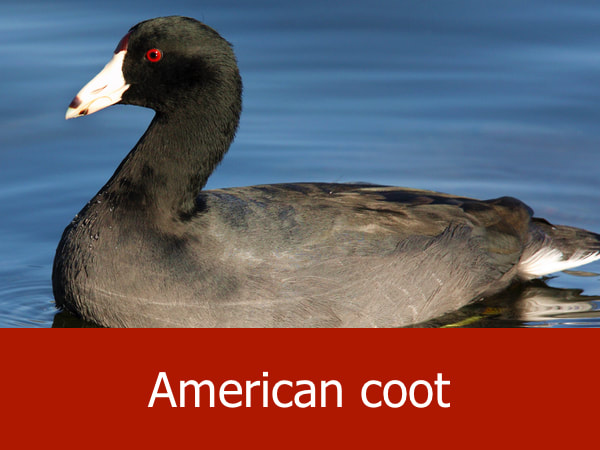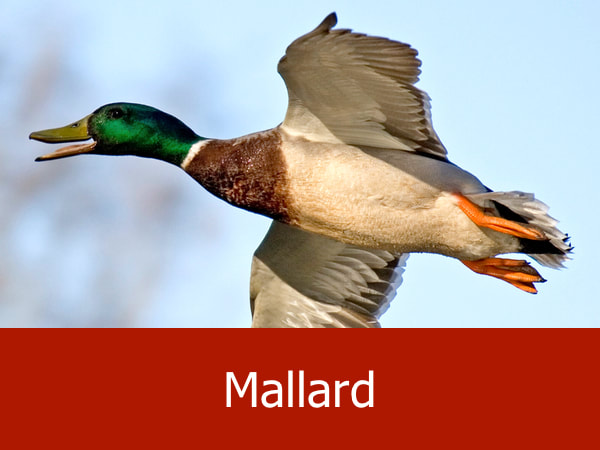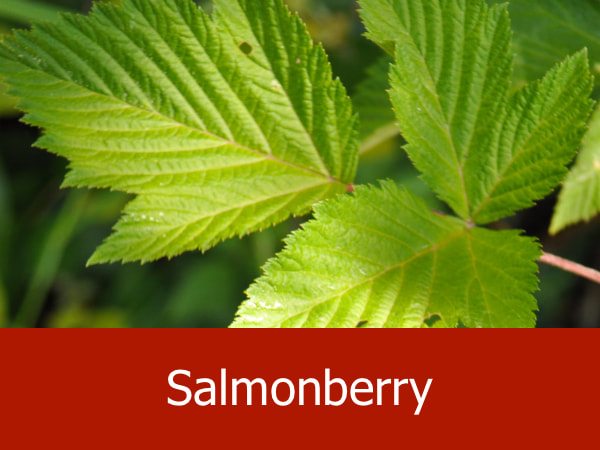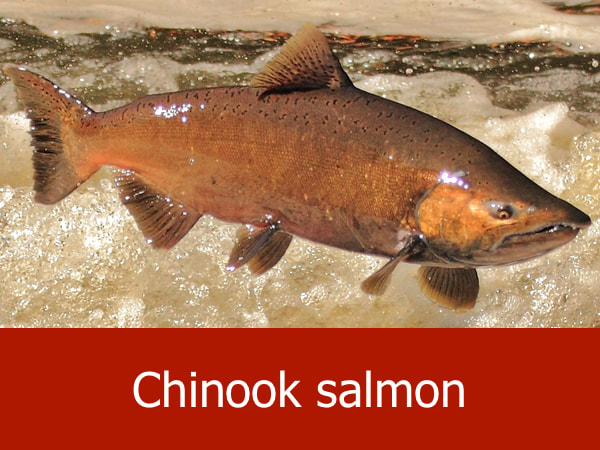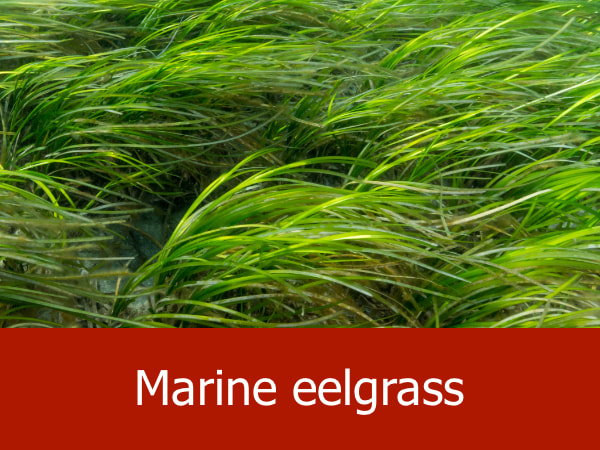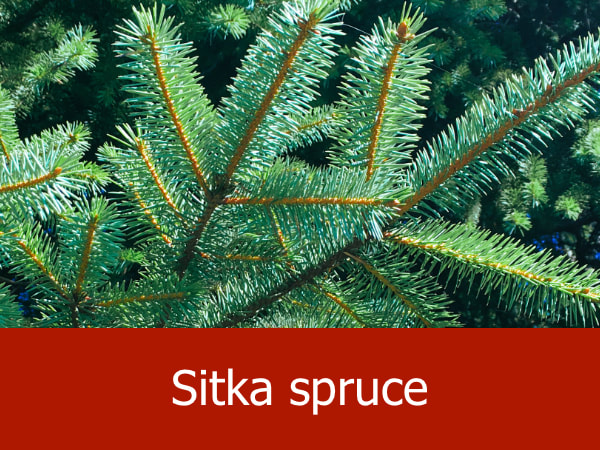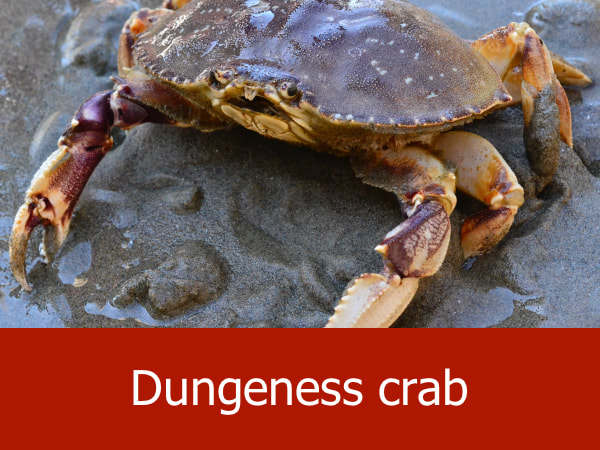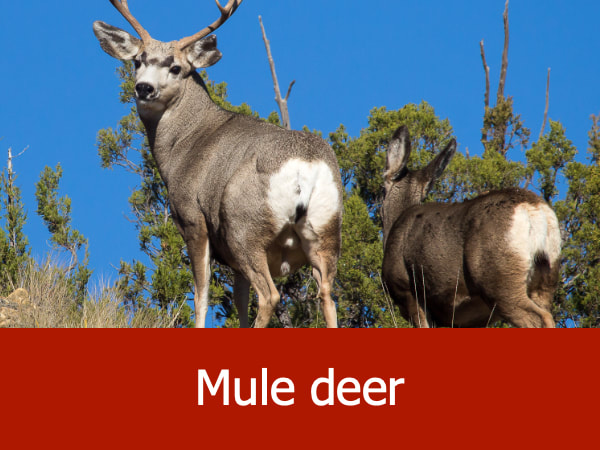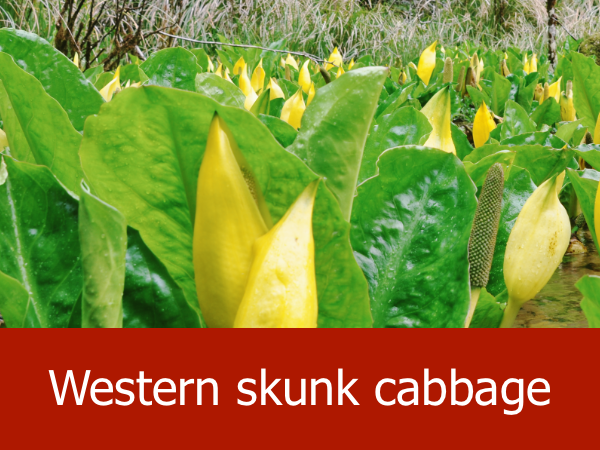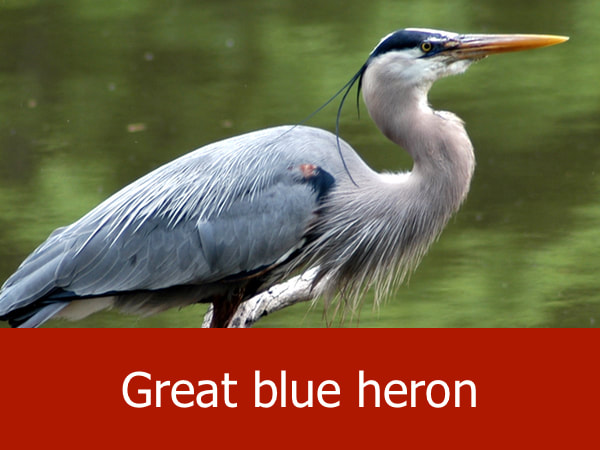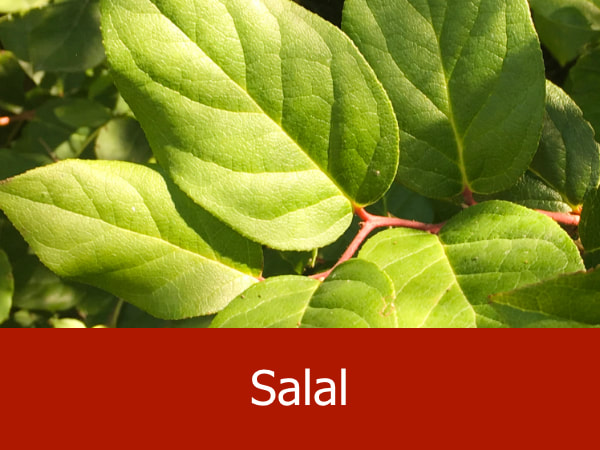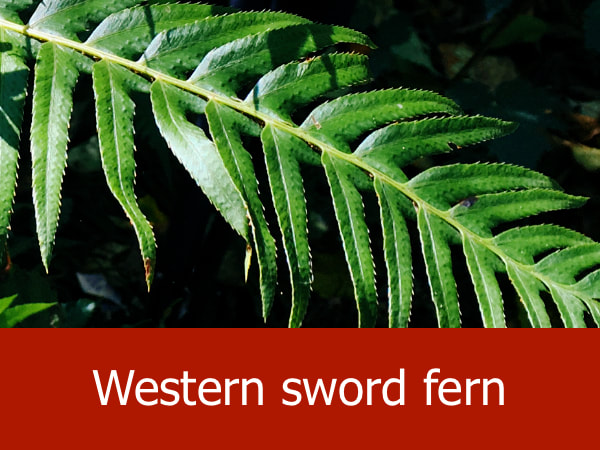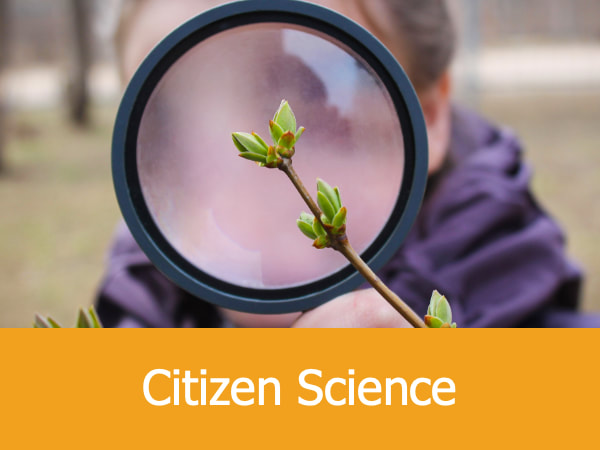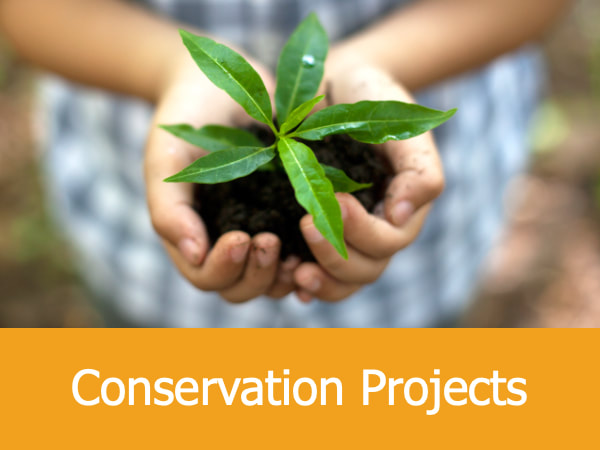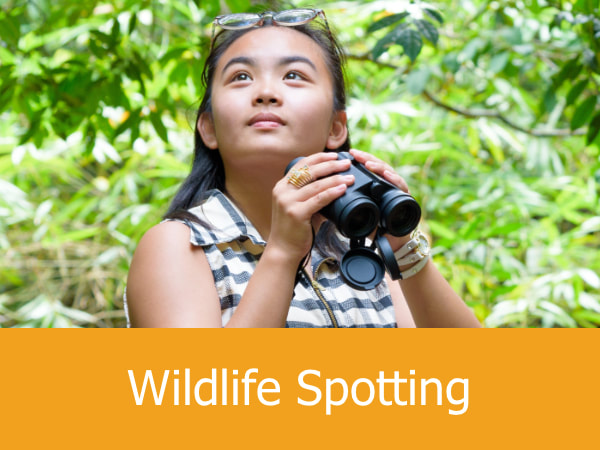|
GPS Coordinates: 43.2940477, -124.3331105
|
EXPERIENCE > LANDMARK PLACES
The South Slough Estuarine Research Center allows scientists (and the public) to explore and better understand how our state’s estuaries work and interact with weather, the ocean, surrounding ecosystems and human beings. By understanding these natural systems better, we can make choices which protect estuaries and preserve their resources for decades to come. What’s so important about estuaries that Oregon would require a nearly 4,800-acre facility dedicated to their study? If you live on or visit the Oregon Coast, you’ll discover estuaries are a common feature, often skirting the edges of the coastal roads, bays or river mouths. |
Why Estuaries Are So ImportantEstuaries are where fresh water from rivers meets with the salt water of the Pacific Ocean. Believe it or not, the brackish soup which results is a breeding ground for thousands of different species of plants and animals, many of which are important to human beings. Estuaries also act like giant environmental filters. As water seeps down through these marshy areas, dirt and other pollutants are strained out, making the ground water cleaner. And it’s often people who end up using and drinking that ground water!
If you look at a map of the Oregon Coast, you might notice many communities are located in and around estuaries. That’s because people are drawn to these areas just like wildlife. Estuaries are often the ideal location to live, sail, swim, fish, crab or take a long nature hike. |
|
South Slough offers more than an immersive (and sometimes soggy) look at coastal estuaries. The research area covers a variety of coastal environments, giving visitors the chance to experience all of them through miles of trails.
- Forests: Heavy yearly rainfall have enabled a lush coastal forest to flourish at South Slough. The precipitation saturates the ground and creates numerous streams, ponds and cascades. The forested areas are also home to numerous mammals, amphibians, reptiles and birds. Some of the larger species include black bear, Roosevelt elk and bobcats.
- Saltmarshes: As water flows out of the forests and into the surrounding marshes, it forms a brackish mixture which many marine species need to breed. One of the most notable features of the marshlands is their smell, which may be reminiscent of rotting eggs. That’s because the marshes contain all kinds of decomposing matter from both plants and animals. It may smell gross, but this process is what keeps the marsh thriving by providing a continual source of food.
- Tidal Flats: When the tide goes out, huge areas of dark, sticky mud are revealed. This fine-grained silt may be hundreds of feet thick — and though it looks empty, the mud hides all kinds of life. Watch carefully and you’ll notice birds congregating here, often digging around in the muck to find the clams, shrimp and worms hiding below the surface.
- Tidal Channels: Crisscrossing the tidal flats are deep grooves which retain water even when the tide’s out. These are tidal channels. Because these channels don’t dry out between tides, fish can hide in them and use them to move back and forth between the estuary and the ocean. The deeper the channel, the more species likely to use it. Larger residents of tidal channels can include American beaver, North American river otter and all kinds of birds.

